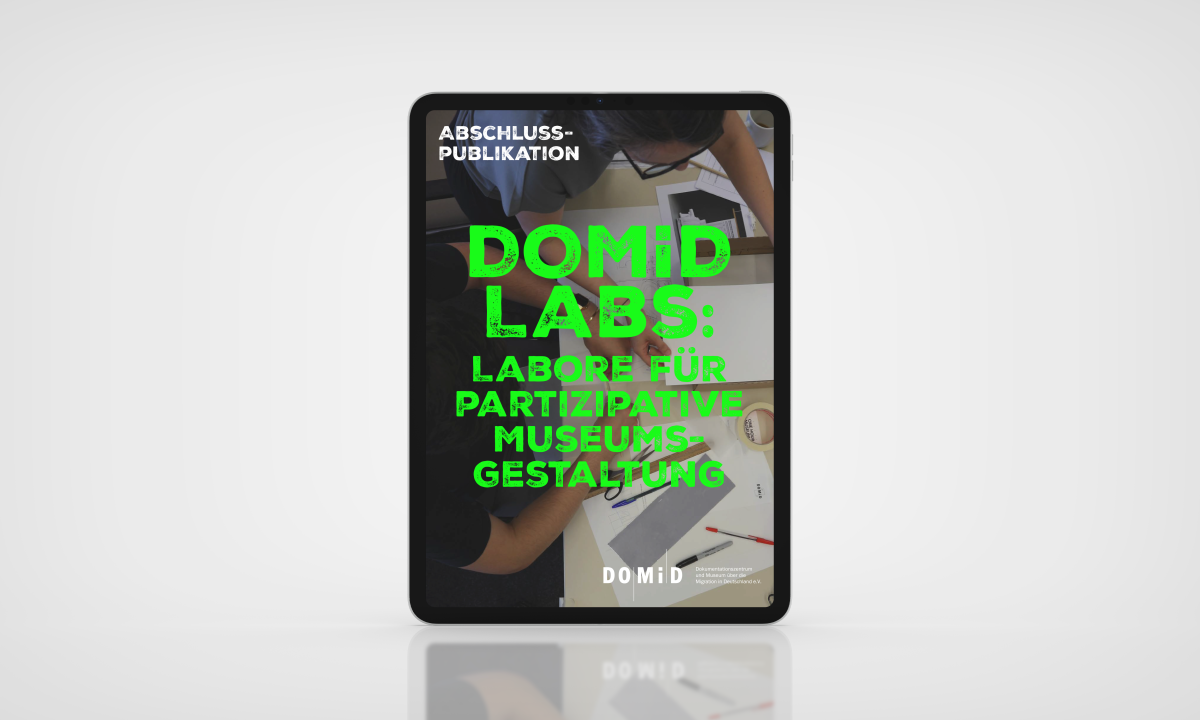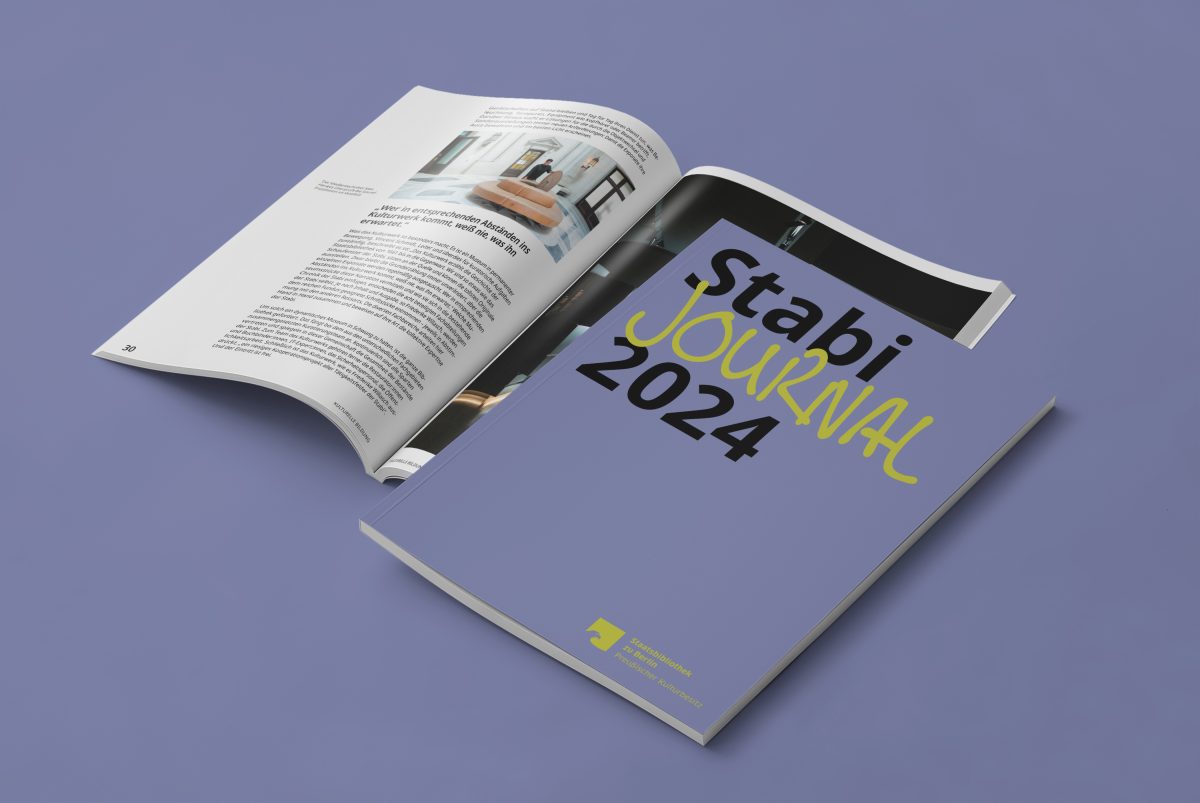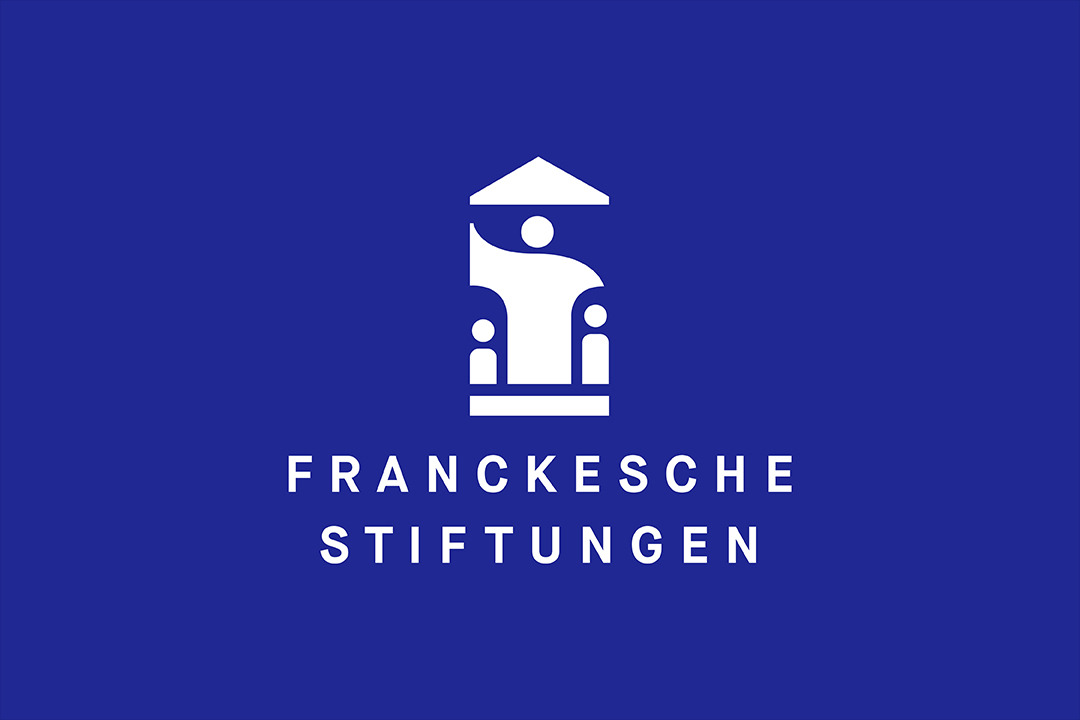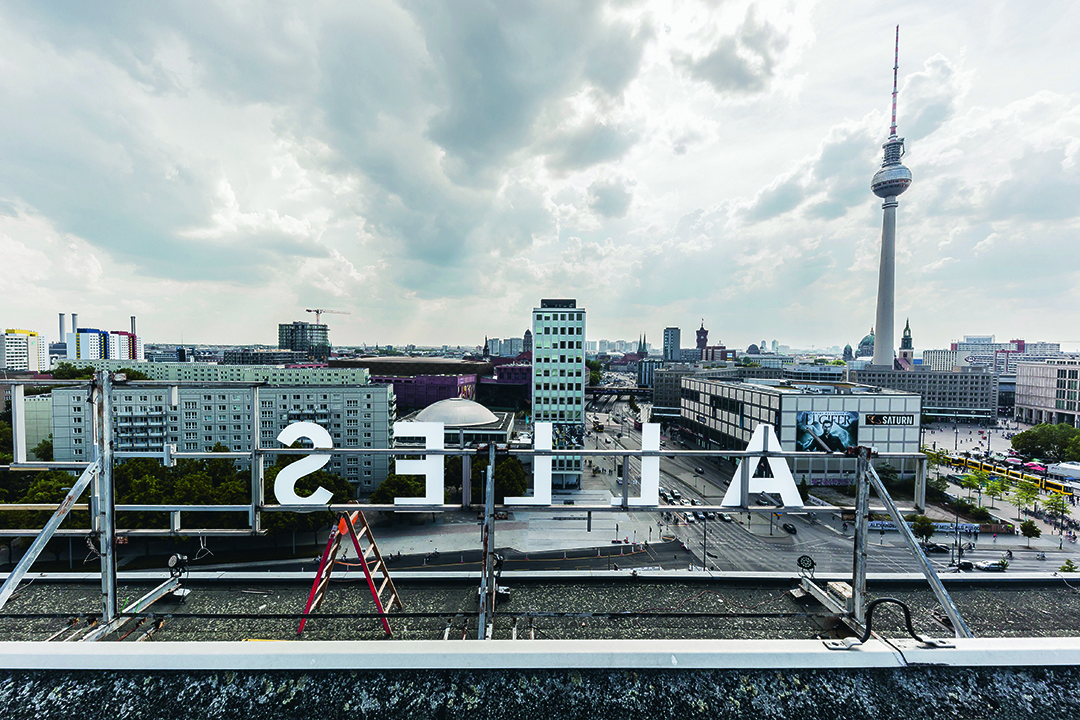DOMiD, the documentation center and museum on migration in Germany, will open the Museum Selma, a museum on migration in Germany, in Cologne-Kalk in 2029. The “DOMiDLabs: Labs for Participatory Museum Design” project, funded by the German Federal Cultural Foundation, was set up to test how urban society can participate in the museum and contribute to its future design. People came together in four labs with the aim of developing design ideas on how encounters are possible in museums and what an exhibition that responds to current social issues could look like.
Together with the DOMiDLabs team, we developed the concept, design and implementation of the final publication on the labs and the resulting learnings.
Casestudy Category: Editorial
We do editorial design. We make printed materials more visually expressive – from layout to cover, from typesetting to typography, from business cards to outdoor posters. We turn books, brochures, annual reports, theatre schedules, catalogues and posters into powerful print products. Many of them are award winners.
12.3 Million Books as a Magazine
As an institution of the Stiftung Preussischer Kulturbesitz, the Berlin State Library is a comprehensive repository of knowledge. As a historical institution with over 300 years of history, it collects literature from all scientific fields, languages and countries. So how do you design a book about 12.3 million books? Answer: You don’t. The content is so diverse that no format would be appropriate. But there are also books about the sun, outer space and artificial intelligence. …so why not?
Museum for U
Every three years, Museum Ostwall shows new perspectives from its collection with works from Fluxus and Expressionism. As in many museums, the collection at the famous landmark Dortmunder U, is white and male-dominated. This changed with the concept of the new director Regina Selter.
A Historical Blueprint
The Francke Foundations are a lively hub for social and educational professions in the centre of the city of Halle. Founded in 1698 by August Hermann Francke, this “educational cosmos” is housed in a historic half-timbered complex. Its mission is to carry Francke’s legacy into the modern age, both by preserving his institution’s unique campus and collections and by reviving his vision of social and educational justice. A cosmopolitan present and solid roots in the humanist tradition form a synergy of the Francke Foundations.
Blueprint for common good
The real estate project “Rathausblock Kreuzberg” is considered a prime example of civic engagement. Instead of luxury apartments, the focus here was on the common good and citizen participation. The former barracks area was redesigned using a participatory workshop process. We partnered up with our friends from EINSATEAM to spread the word of this blueprint for common good.
Allesandersplatz
In 2019 the former East German bureau of statistics, on Berlin’s Alexanderplatz, became the venue for STATISTA, an exploration of artistic prototypes for a new civil society. While temporary takeovers of vacant urban space often leave nothing but gentrification in their wake, the projects under the STATISTA umbrella aimed to leave a lasting legacy of urban renewal for the benefit of all – a statecraft of the future.








